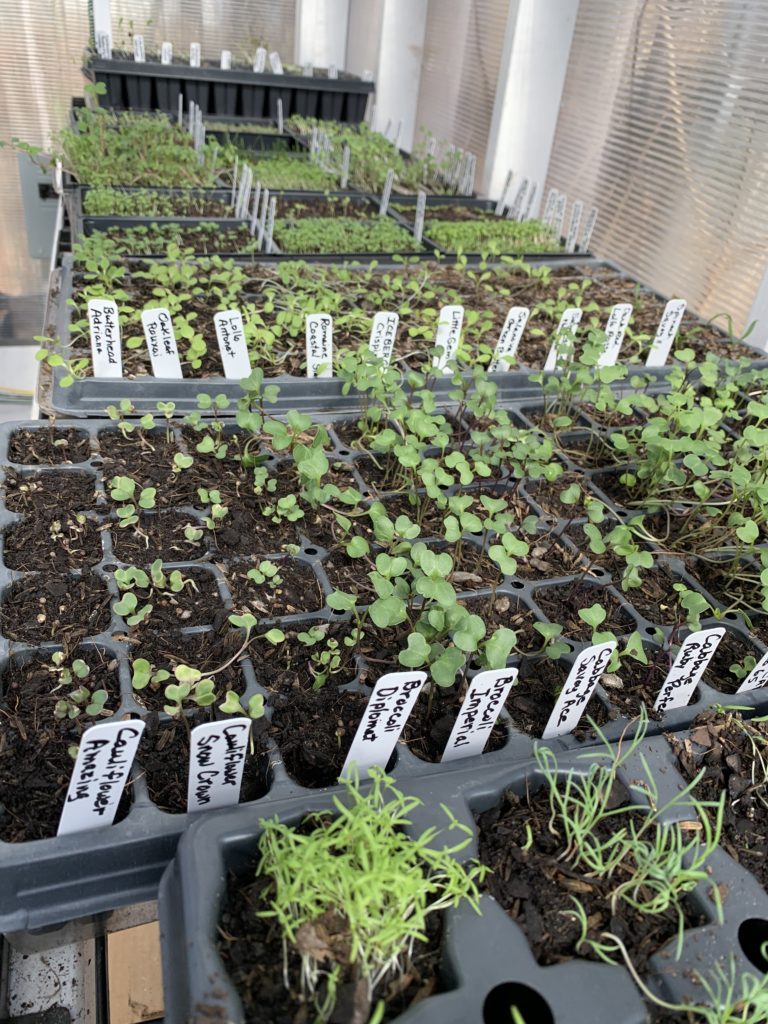Gardening for Health

Start With Seeds
By Maria Price
I love this time of year because it is almost the end of winter and I know spring is around the corner, even though most days are not yet that comfortable outdoors. In anticipation of the coming of spring, sowing seeds indoors helps bring the excitement of “true” spring closer.
If you’re a gardener and want to save money, starting your vegetables, herbs, and flowering plants from seed can save a lot of money and give you more variety than can be found in local nurseries.
I always marvel at the variety of seeds and how the tiniest almost invisible seeds germinate into plants that feed us, give us medicine, and beauty.
There are certain things to remember when starting seeds. Always use clean containers, pots, or cell packs. If you choose to recycle old ones, you must wash them and soak them in a 10 percent bleach solution for at least 10 minutes to prevent damping off, the spread of any fungal diseases that may be lurking in old containers. Be sure to rinse off the bleach solution very well.
You can use recycled plastic food containers, but make sure you have punched drainage holes in the bottom. Use a propagation mix available from nurseries that is clean and soilless. Label your pots with waterproof plant markers. Store your seeds in airtight containers in the refrigerator. Some seeds, like tomatoes, will keep for many years. That is if they are properly stored after sowing.
After sowing your seeds, cover your trays or pots with clear plastic domes, or put the whole tray into a clear plastic bag. Once the seeds germinate, uncover the seed flat then put it in a sunny area or under grow lights. Keep your soil moist but not wet. Allow them to dry out between watering.
Most seeds germinate at 60 to 70 degrees but some seeds need extra warmth, like 75 to 85 degrees. You can use a heat mat for extra warmth. Seeds of tomatoes and peppers like a lot of warmth; around 75 to 85 degrees to germinate.
Some seeds require the horticultural practice of stratification. Seeds are placed between layers of moist sand or soil in flats or in the ground, and exposed to chilling temperatures, either outdoors or in a refrigerator. Many milkweed seeds need stratification for about a month before germinating.
Some seeds, like parsley or sweet peas, need to soak in water for 24 hours to remove germination inhibitors or to soften a hard seed coat.
Spinach and thyme seeds like to germinate in cool temperatures, like 50 degrees. Higher than that and they won’t germinate. Most seeds need darkness and should be covered with soil twice the width of the seed. Others, like chamomile, need light to germinate and should not be covered.
Despite the conflicting needs, most seeds are rather easy to start. Simply follow the directions on the back of the seed packet, which are generally a good place to begin. This spring start some seeds and enjoy the magic!
